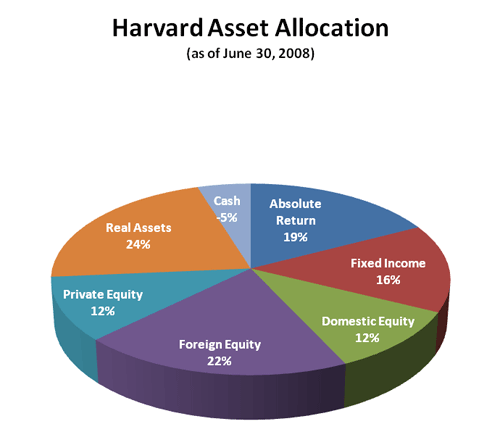Asset Allocation In A Bond Portfolio
Post on: 13 Апрель, 2015 No Comment

Outperforming your average bond fund on a risk-adjusted basis is not a particularly difficult task for the savvy retail investor. Investing in bond funds is a flawed exercise—particularly in a low interest rate environment. High management fees on bond funds offset much of their active management and diversification benefits. Fixed-income fund managers tend to strive for performance that tracks a respective index rather than portfolio optimization. For example, the overall market capitalization of the U.S. fixed-income market is the basis for the most popular fixed-income index—the Lehman U.S. Aggregate.
How can it be so easy to beat Wall Street’s best at their game? Let’s take a look at how diversifying across the different classes is the basis of successful fixed-income investing, and how the individual investor can use this premise to gain an advantage over fund managers.
Types of Asset Classes
Fixed income can be broken down into five asset classes: government-issued securities. corporate-issued securities, inflation-protected securities (IPS), mortgage-backed securities (MBS), and asset-backed securities (ABS). An enormous amount of innovation continues within the world of fixed income. For the retail investor, IPS, MBS, and ABS are all relatively new additions. The U.S. leads the world in the range and depth of fixed-income offerings—particularly with MBS and ABS. Other countries are developing their MBS and ABS markets.
The key issue is that each one of these asset classes has different interest rate and credit risks ; therefore, these asset classes do not share the same correlation. As a result, combining these different asset classes into a fixed-income portfolio will increase its risk/return profile.
All too often investors only consider credit risk or interest rate risk when evaluating a fixed-income offering. In fact, there are other types of risk to consider. For example, interest rate volatility greatly affects MBS pricing. Investing in different asset classes helps offset these other risks.
Asset classes like IPS, MBS, and ABS tend to give you yield pickup without degradation in credit quality—many of these issues come with an AAA credit rating.
Government bonds, corporate bonds. IPSs, and MBSs tend to be readily available to retail investors. An ABS is not as liquid and tends to be more of an institutional asset class.
Behavior of Asset Classes
Many investors are familiar with government and corporate bonds and their correlation during economic cycles. Some investors do not invest in government bonds because of their low yields, choosing corporate bonds instead. But the economic and political environments determine the correlation between government and corporate bonds. Pressure in either of these environments is positive for government bonds. Flight to quality is a phrase you will hear frequently in the financial press. Let us look at some of the other asset classes.














